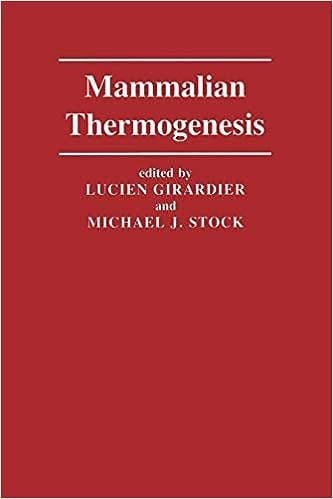Definition
Thermogenesis is the metabolic process by which organisms produce heat as a result of food metabolism, exercise, or exposure to cold environments.
Expanded Explanation
It is a crucial physiological process that helps maintain body temperature, contributing to homeostasis. It occurs in three primary forms: exercise-associated thermogenesis (EAT), non-exercise activity thermogenesis (NEAT), and diet-induced thermogenesis (DIT). EAT results from physical exercise, while NEAT occurs due to everyday activities like walking or fidgeting. On the other hand, metabolizing food produces heat known as DIT (Diet Induced Thermogenesis).
Importance
Understanding this type of heat production is fundamental in fields like nutrition, fitness, and medical science. It plays a significant role in weight management, as higher thermogenesis can lead to increased calorie expenditure and potential weight loss. In medicine, it helps in understanding conditions related to metabolism and body temperature regulation, such as hypothyroidism or hyperthyroidism.
Context and Usage
Transitioning to a fitness and weight loss context, we often use it to denote the metabolic rate increase due to diet or exercise. Transitioning further to a medical context, discussions around this subject may include metabolic disorders or issues related to temperature regulation.
Examples
- Example 1: Spicy foods containing capsaicin can stimulate diet-induced heat production, potentially aiding weight loss.
- Example 2: Shivering in cold weather is an example of thermogenesis, as the body generates heat to maintain its temperature.
Understanding Thermogenesis
A common misconception is that it only refers to heat production from exercise. However, as mentioned earlier, it also encompasses heat production from non-exercise activity and diet.
Related Glossary Terms
- Metabolism: This is the process by which your body converts what you eat and drink into energy, and it’s intrinsically linked to thermogenesis.
- Homeostasis: This term refers to the body’s ability to maintain a stable internal state, with thermogenesis playing a key role in temperature regulation.
Visual and Reading Aids
External Resources
Related Articles
- Unleash Your Energy: Understanding the Thermogenic Effect of Food: Discover the power of thermogenic foods in boosting metabolism, aiding weight loss, and increasing energy in our comprehensive guide.
- Revealed: Positive Thermogenic Fat Burner Side Effects for Better Health: This is an informative blog post exploring the benefits and impacts of thermogenic fat burners on overall health.

